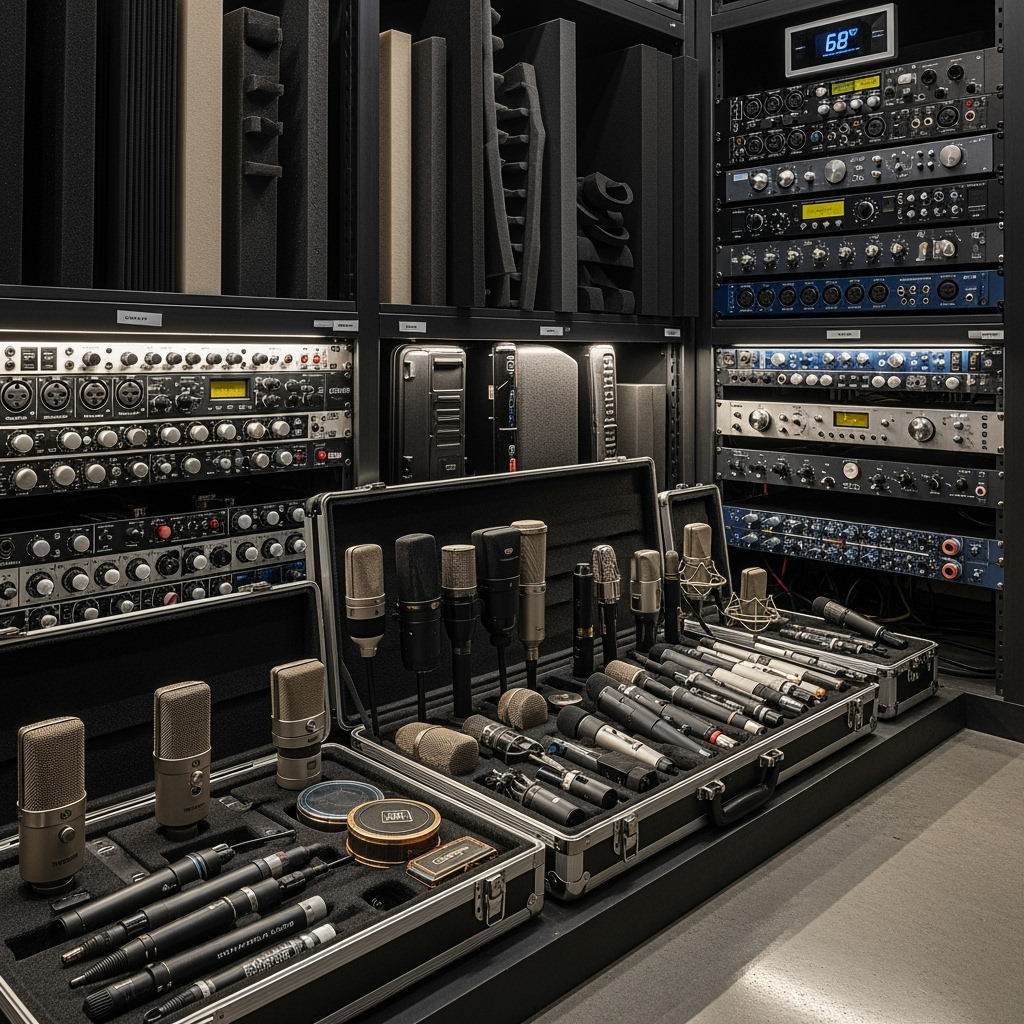
Why Professional Audio Equipment Needs Special Storage Care
For voice artists, podcasters, and audio professionals working remotely, your recording equipment represents both a significant investment and the lifeline of your business. When facing renovation work or temporary displacement, protecting this sensitive equipment becomes crucial. This comprehensive guide will help you maintain the quality and longevity of your professional audio gear through proper storage solutions.
Temperature and Humidity: The Silent Threats to Audio Equipment
Professional audio equipment is particularly sensitive to environmental conditions. Temperature fluctuations and humidity can cause:
- Condensation damage to electronic components
- Corrosion of connection points and cables
- Warping of sensitive microphone diaphragms
- Degradation of acoustic foam and sound treatment materials
Essential Storage Requirements for Audio Equipment
To protect your professional voice recording setup, consider these critical storage factors:
- Climate-controlled environment (65-75°F / 45-50% humidity)
- Dust-free storage containers with proper padding
- Anti-static protection for electronic components
- Vertical storage for cables to prevent kinking
- Proper orientation for microphone storage
Preparing Your Equipment for Storage
Follow these steps to properly prepare your audio gear for storage:
- Clean all equipment thoroughly using appropriate methods
- Remove batteries from wireless devices
- Organize and label all cables and accessories
- Use original cases where available
- Apply desiccant packets in storage containers
Climate-Controlled Storage Solutions
When selecting a storage facility, ensure it offers:
- 24/7 temperature monitoring systems
- Humidity control mechanisms
- Clean, dust-free environment
- Secure access controls
- Adequate insurance coverage for high-value equipment
Managing Your Remote Work Setup During Storage
Consider these strategies to maintain business continuity:
- Create a temporary recording setup with essential equipment
- Document your current setup for easy reassembly
- Maintain a detailed inventory of stored items
- Plan for regular equipment checks during storage
Professional Packing Techniques for Audio Equipment
Proper packing is crucial for protecting your gear:
- Use shock-absorbing foam inserts
- Apply anti-static bags for electronic components
- Secure loose items with cable ties
- Mark boxes containing fragile equipment
- Create a layer system for optimal protection
Additional Protection Measures
Enhance your equipment’s safety with these extra steps:
- Install humidity indicators in storage containers
- Use silica gel packets for moisture control
- Create a maintenance schedule during storage
- Document equipment condition before storage
Insurance and Documentation
Protect your investment with proper coverage:
- Update insurance policies to cover stored equipment
- Photograph all items before storage
- Keep detailed records of serial numbers
- Maintain receipts and warranties
Storage Unit Organization Tips
Maximize your storage space while protecting equipment:
- Create an equipment map for easy access
- Use sturdy shelving units
- Keep frequently accessed items accessible
- Maintain clear pathways
Post-Storage Equipment Check
Before returning equipment to service:
- Conduct thorough visual inspections
- Test all equipment gradually
- Check for any moisture damage
- Verify all connections and cables
Professional Support Resources
Consider consulting these experts:
- Audio equipment manufacturers
- Professional storage specialists
- Insurance providers for high-value equipment
- Climate control experts
Conclusion
Protecting your professional voice recording equipment during storage requires careful planning and attention to detail. By following these guidelines and utilizing climate-controlled storage solutions, you can ensure your valuable equipment remains in optimal condition, ready to support your remote audio creation needs when you return to full operation.


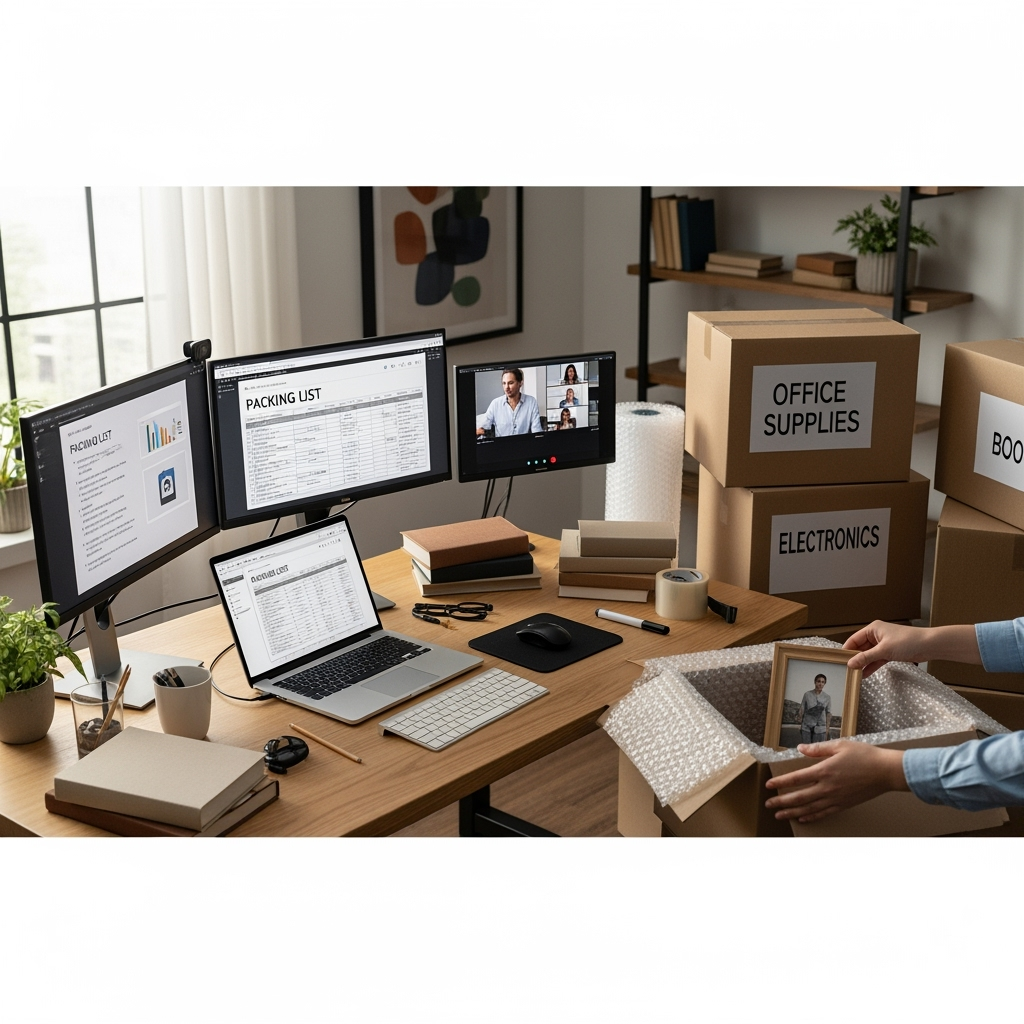
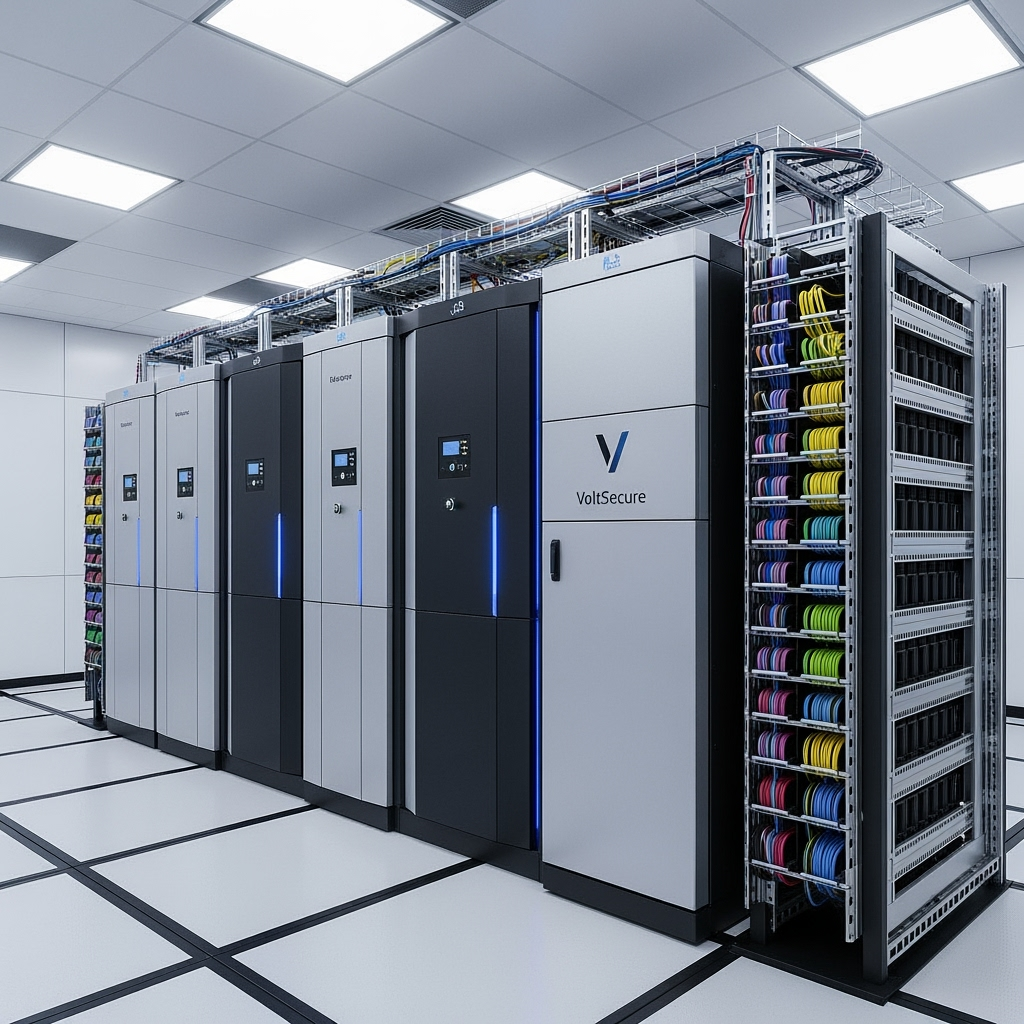

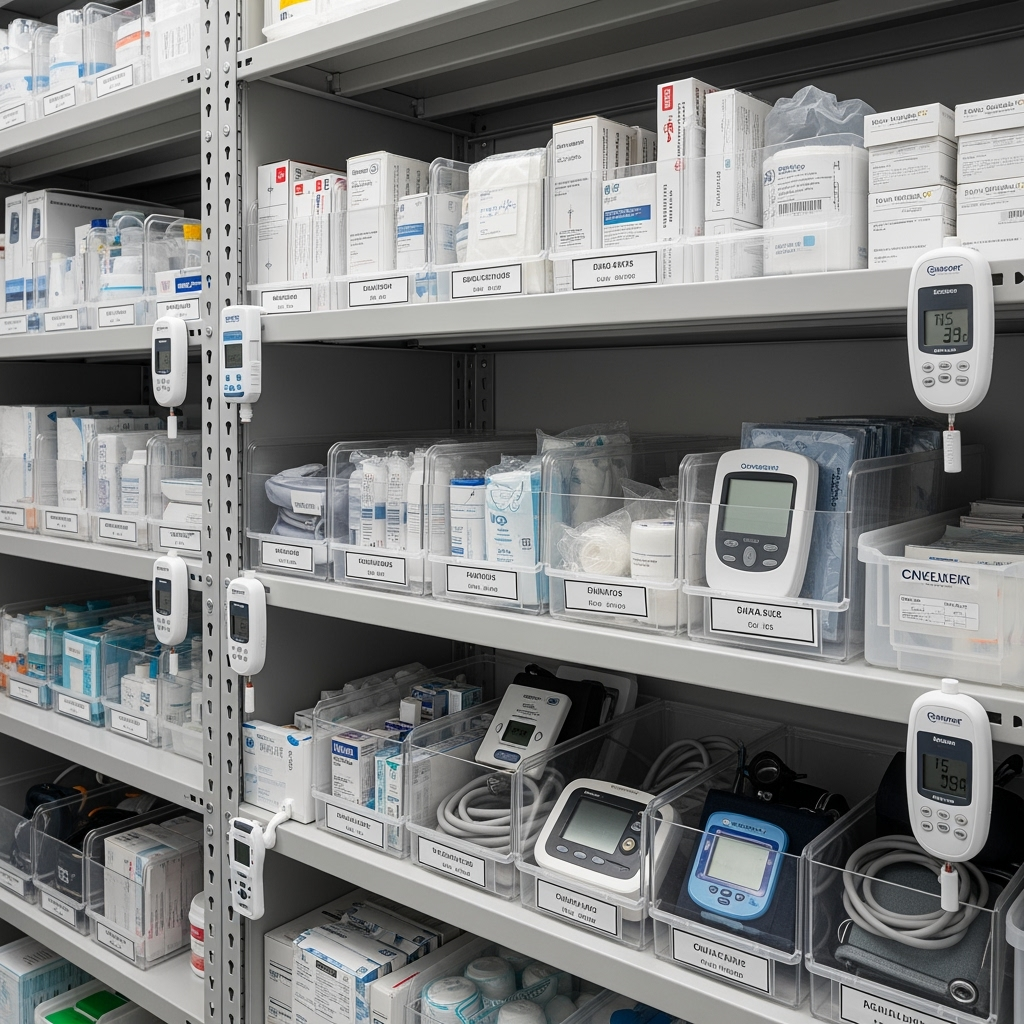
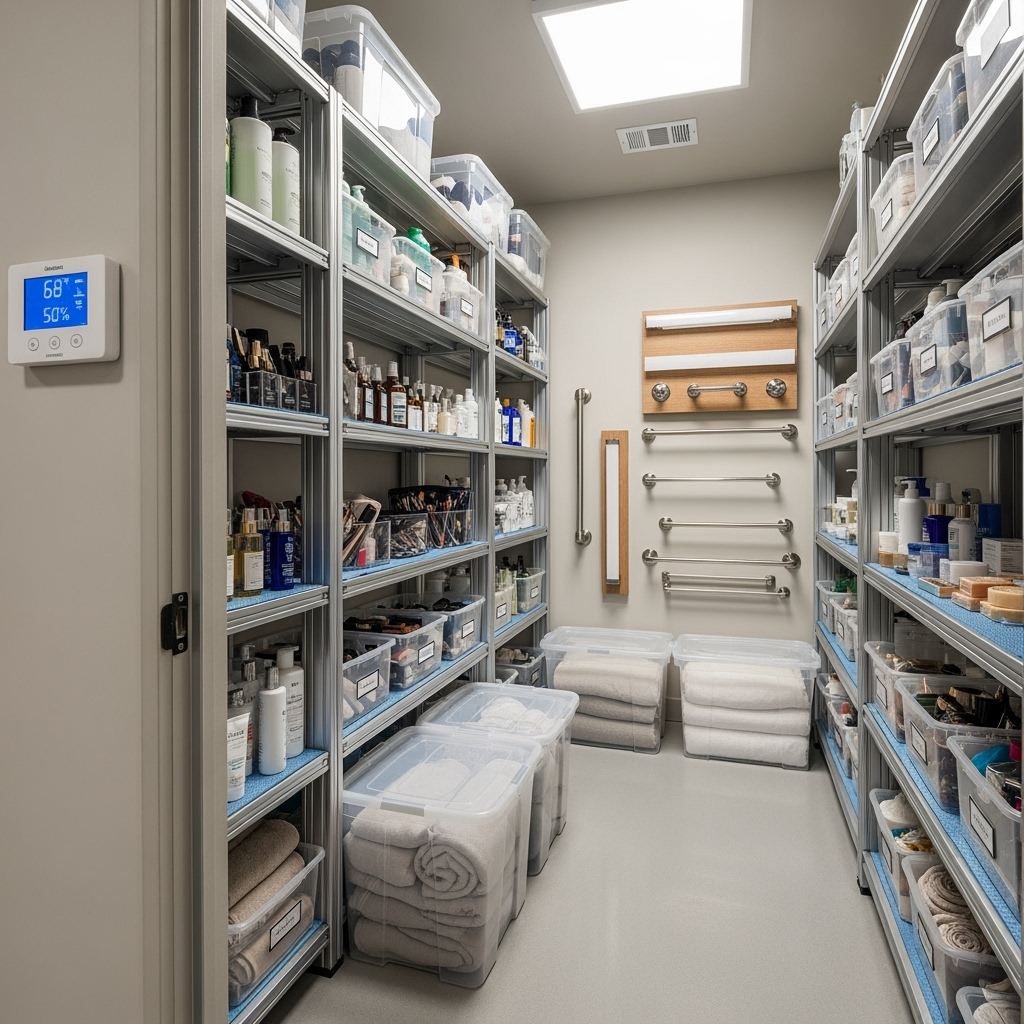
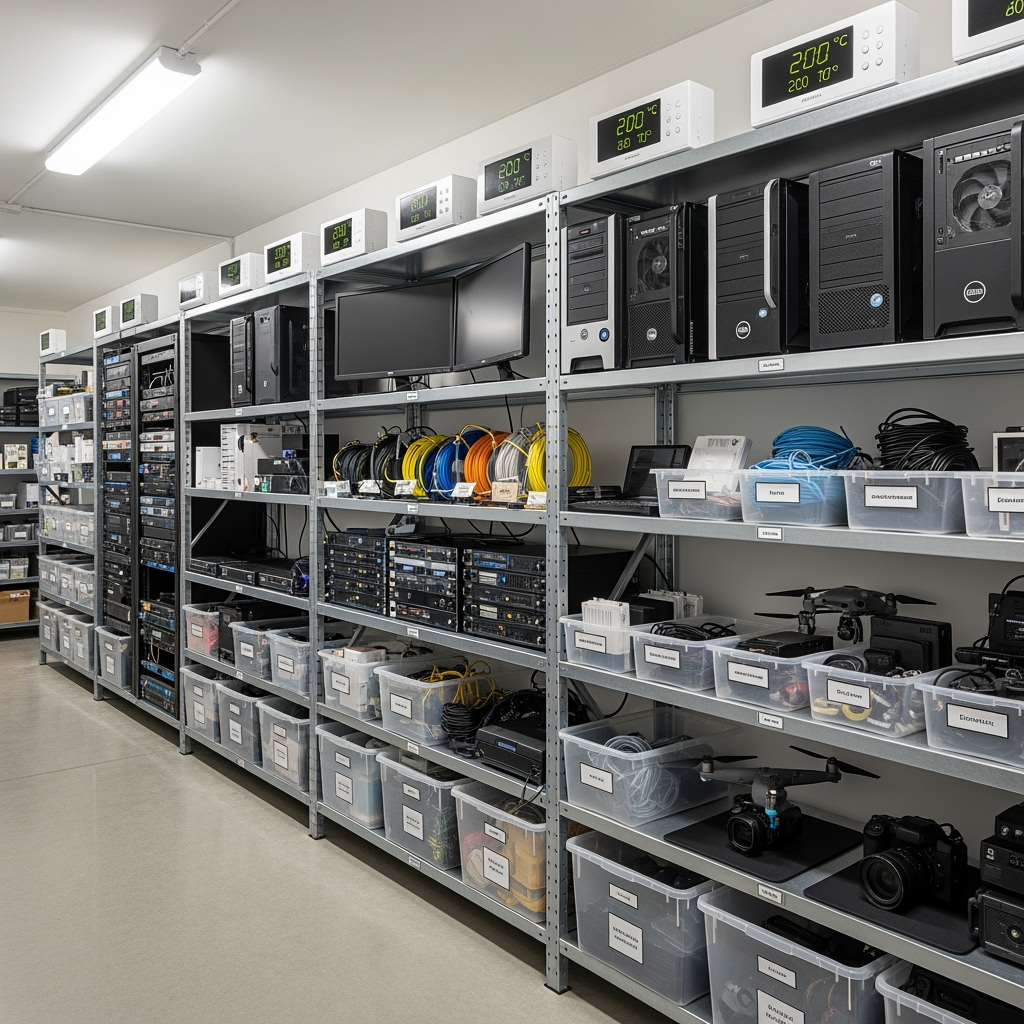
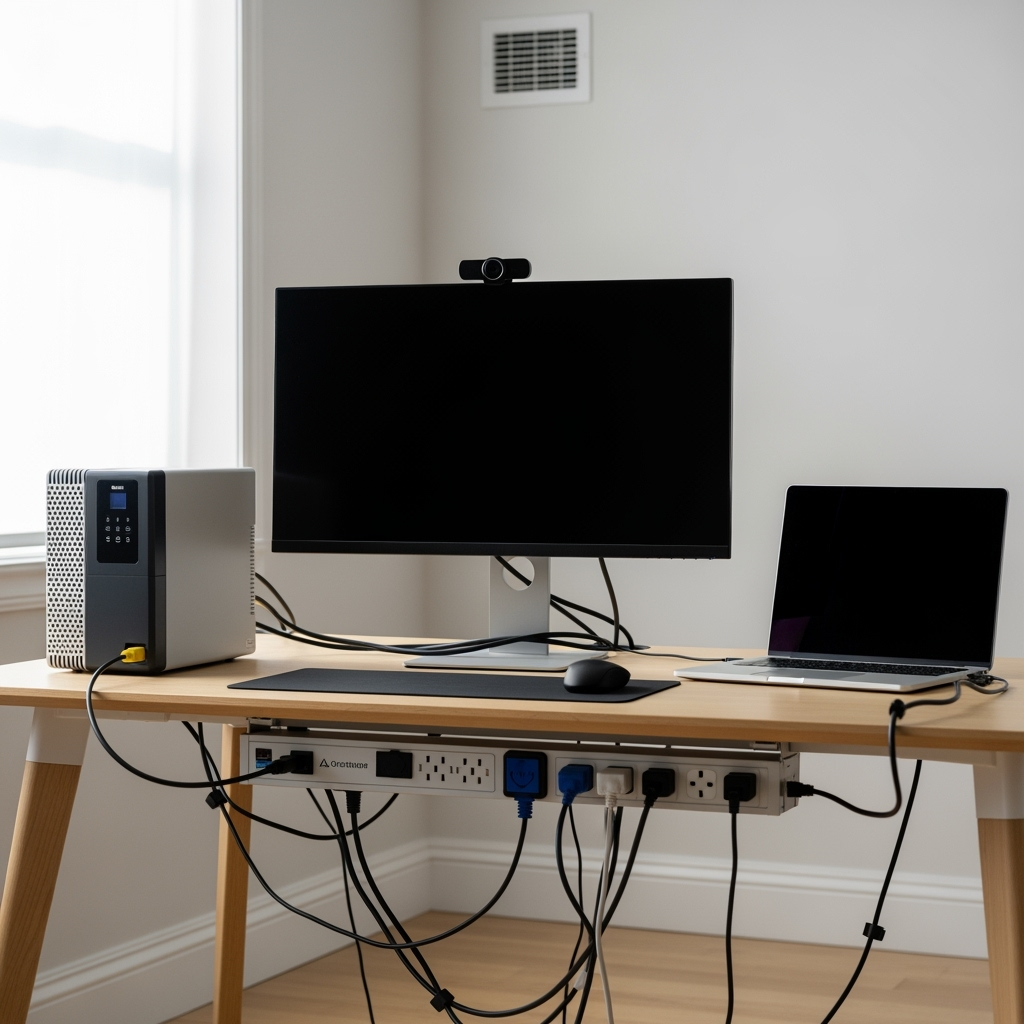
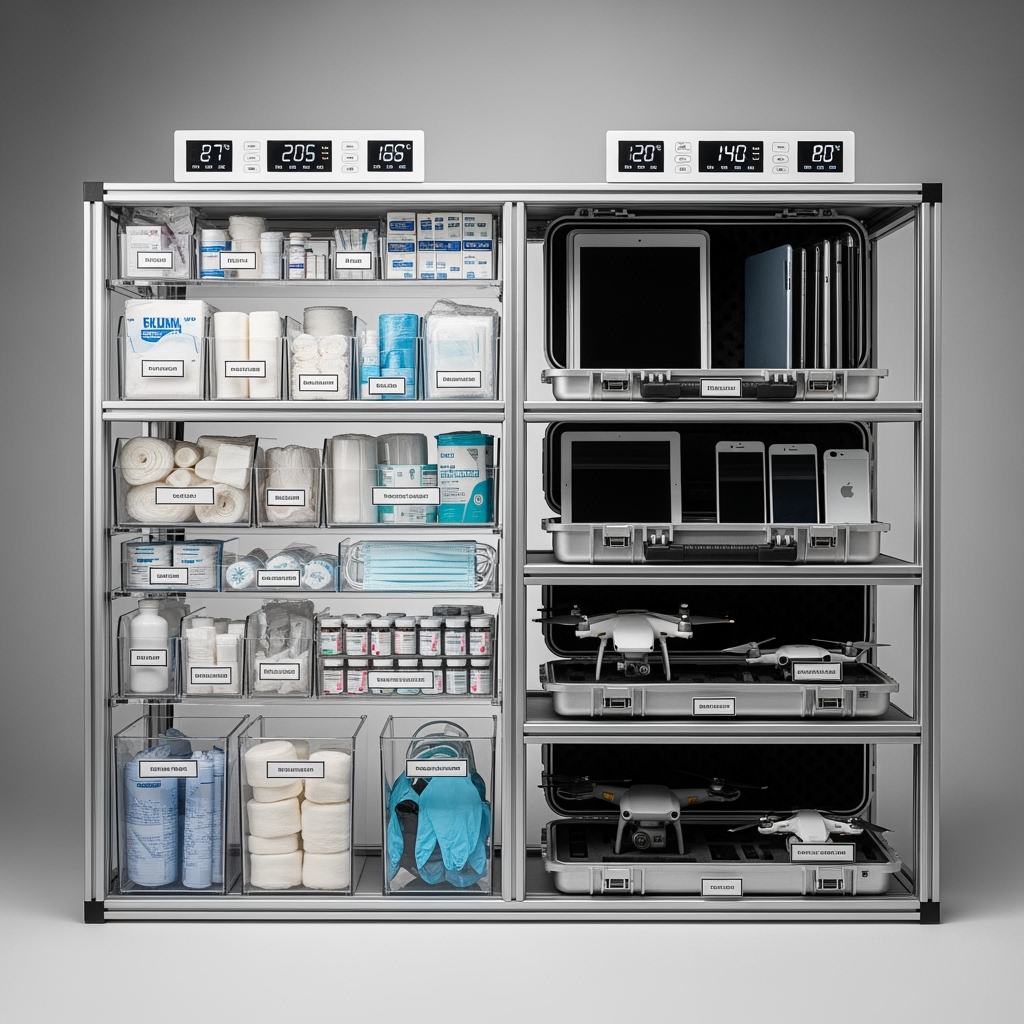
Leave a Reply